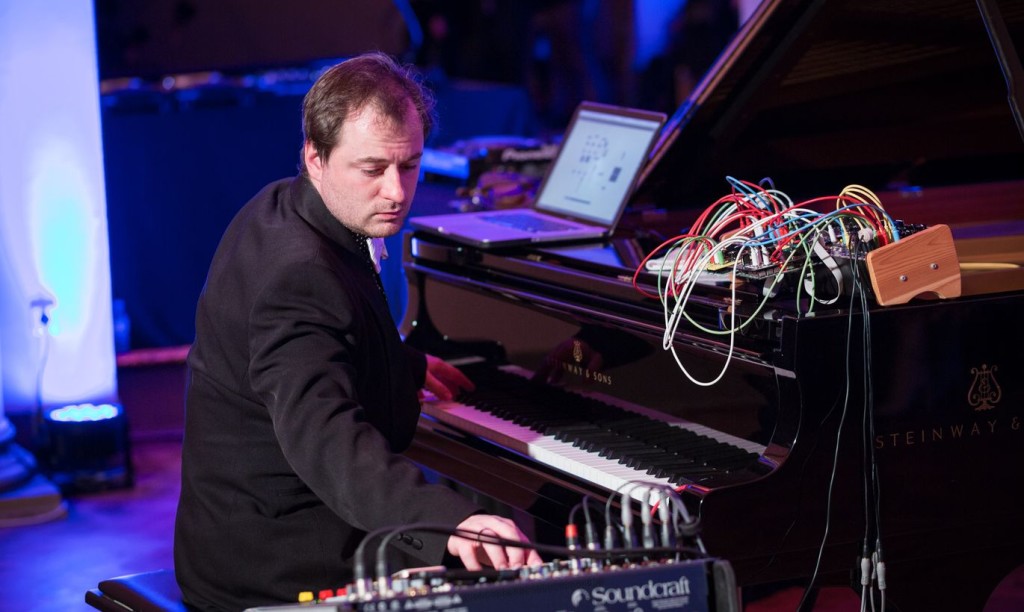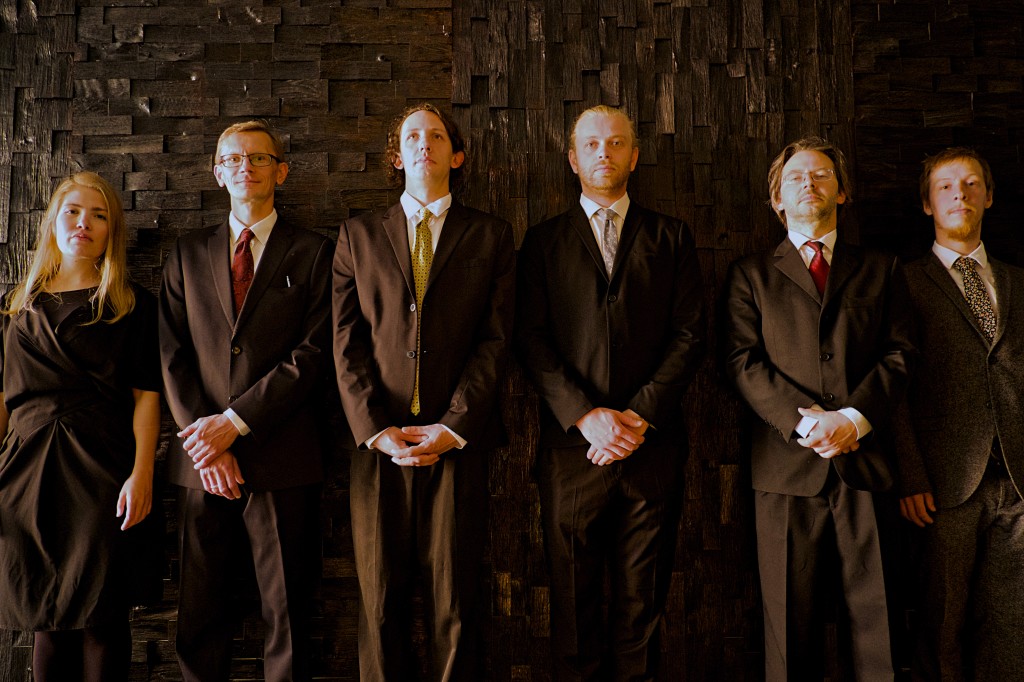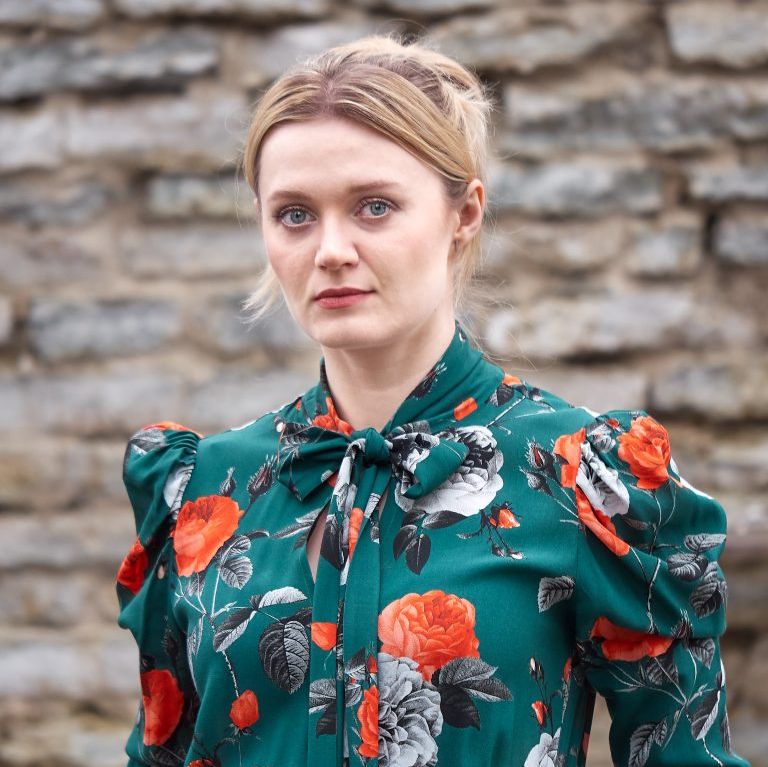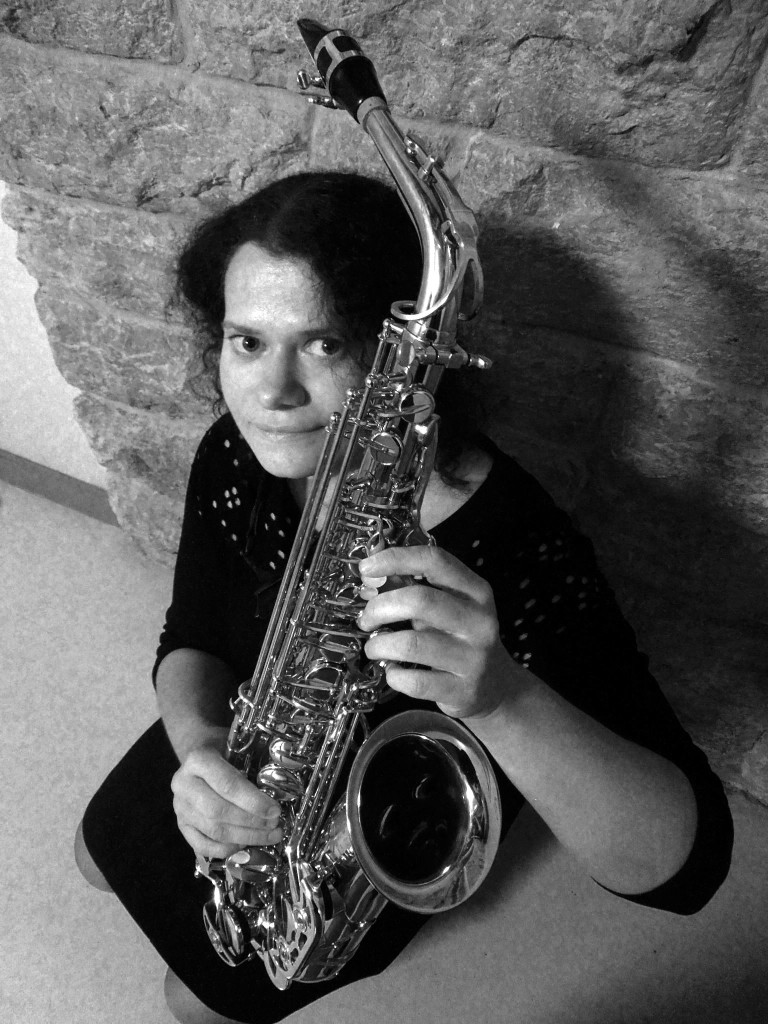The Buchla and Serge synths and laptops are all warmed up. Latvia, Lithuania, and Estonia are showing a spring bounty of cutting edge composition and electronic music, and you can tune in for free.
Events will be archived for approximately month, too, so don’t worry about missing the live stream depending on your time zone.
DNA is the theme for Estonian Music Days / Baltic Music Days, a new venue to watch coming to Estonia this year, then Kuanas Lithuania next year, Riga in 2023, and back to Tartu in 2024.
It’s funny, sometimes the mere mention of electronic music and electroacoustic music with concert music conjures up grainy black-and-white photos and fuzzy tape pieces from ancient studios. But no – this is the new generation. In a year when the future has seemed distant, these are new works, premieres, new collaborations, fresh from rehearsal and composers’ desks – and in this too oft-overlooked corner of Europe, new models for supporting artists.

Platon Buravicky · Sunambermorning
Oh yeah – supporting artists. Because planet-wide, that’s a serious question. Composer Märt-Matis Lill of Estonia spoke to Latvian Radio 3’s Anna Veismane about how a seeming success story with COVID had succumbed to some of the worst numbers on the continent – but also offered some hope about how to support new music creation and keep artists working. It’s all a great read, even for those of you (most, presumably) who have never been to Latvia or Estonia:
Latvian Radio 3 “Klasika” interview with Märt-Matis Lill
But this is not a story you have to just read about. Because of the pandemic, the program that normally would be seen only by in-person guests from the region is now online live. And I recommend tuning in, as there is some fantastic music coming at you.
Broadcasting from Tartu EE, there’s the Ensemble of Estonian Electronic Music Society. Count them, six premieres, all of them composed in 2021, and one “vintage” piece from 2018.
It’s also a terrific combination of instrumentalists who have built up a repertoire of technological musicianship. That’s a key point – part of the reason that electronic music has been slow to really blend consistently with concert musicians is simply that there’s an absence of ensembles building up the passion and chops.
And they took time with it. Unlike the typical, hastily concocted commissions that are the norm, EMA set up an intensive residency so players and electronic composers worked closely. Oh, and I’m biased, as I know a couple of the composers’ work – Platon I once got to play with in a cute underground space in Riga. But I bring that up because that’s also what I love about the Baltic States – there’s a scale that’s far more personable and close, in contrast to the rush of a city like Berlin where so much talent can just get lost in the din. Cooperation between those locales has sometimes been slow to start – three languages between them – but it’s been waiting for just this kind of work.
Tonight, I’ll be listening to this program:

Digital & Analog
Tatjana Kozlova-Johannes (*1977, Estonia) – Aria (2021, premiere)
Vytautas V. Jurgutis (*1976, Lithuania) – Tinohi (2018)
Märt-Matis Lill (*1975, Estonia) – Imaginary Soundscapes II (2021, premiere)Taivo Lints (*1980, Estonia) – Rhythm Convergence (2021, premiere)
Platon Buravicky (*1989, Latvia) – Safety borders (2021, premiere)
Liina Sumera (*1988, Estonia) – Netrunners (2021, premiere)
Ensemble of Estonian Electronic Music Society (Estonia)
Some of Liina Sumera’s chilling, fascinating work, in colossal surfaces and warping textures – just for one example:
Liina Sumera (Kullerkupp) · Conatus – Liina Sumera

There are other exciting ensembles blossoming here, too – like the excellent Ensemble U from Estonia, which works easily without conductor and eats improvisation and weird scores for lunch. Or there’s Lithuania’s own ensemble Synaesthesis, which is diving into the younger generation of composers, all of them bridging the Soviet era with the independent life of Latvia, Estonia, and Lithuania. There, too, the theme is not just dialing up some clever scores, but really beginning to collaborate across these very different cultures – places connected by short, cheap bus rides and flights but that are just beginning to explore the potential for forging a shared musical scene.
The program still tends mostly to acoustic instrumentation only, apart from EMA. But for a daring mixture of electronics with orchestra composition, look to next Friday’s program with the Estonian National Symphony Orchestra & Estonian Philharmonic Chamber Choir.

Malle Maltis’ premiere of Night Frost will combine electronics with full symphony orchestra – perhaps conceptually a counterpart to the works adding choir. (You also get a serious up-and-coming conductor and some singing bowls and percussion with two oboes via composer Mariliis Valkonen, which is absolutely a combination I’ve never heard of before, and I’ve seen most combinations.)

Oh and I guess we still say “tape” for canned pieces, even for a generation that mostly never used tape. That includes HETK Trio, which combines Dutch and Estonian players but is named in Estonian, and their performance of Incantare by Lithuanian composer Justina Repečkaitė.
Check the full program in English (don’t worry, you don’t have to learn Estonian to navigate the site, but if you like, yeah it’s also called Eesti Muusika Päevad – that wasn’t so bad):
https://www.eestimuusikapaevad.ee/en/programme/
Find the event you want, and hit TV to see the live stream or (after a delay) the archived version.
Events will be archived, so for instance the must-see Ensemble of Estonian Electronic Music Society should shortly be appearing at its event page (via TV link):
https://www.eestimuusikapaevad.ee/en/event/ensemble-of-estonian-electronic-music-society-ema/tv/
Even virtually, the program saturates this small country’s best venues. And yeah, love him as we do, Arvo Pärt is not all there is to Estonian music.